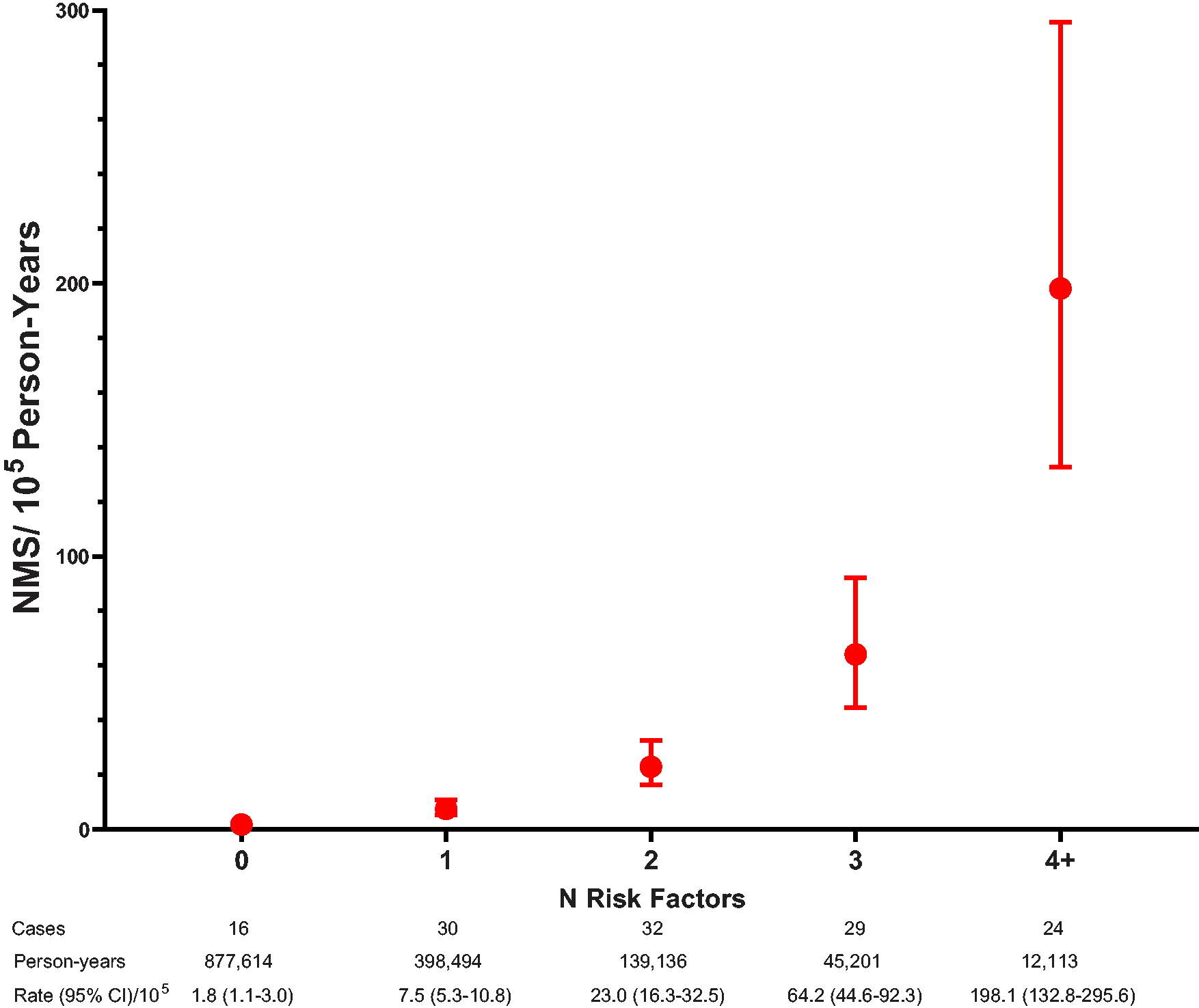The nationwide baby formula shortage two years ago forced many parents to involuntarily switch brands or types. A recent survey from researchers at the University of California, Davis, highlights how these substitutions led to undesirable effects for babies, including vomiting. The study was published in the journal Nutrients.
In an online survey of 178 parents whose infants were under six months of age during the May 2022 shortage, 81% of respondents switched formulas, with 87% of those switching because they could not find the formula they typically used.
“We have so many food choices as adults; you can eat anything,” said Jennifer Smilowitz, assistant professor of Cooperative Extension for the Department of Nutrition who is a corresponding author of the study. “Infants have strict nutrient requirements; they can only eat two things: human milk and formula.”
Abbott Nutrition, one of the largest U.S. infant formula manufacturers, recalled multiple brands of its powdered formula products in 2022 due to bacterial contamination. The move exacerbated existing shortages caused by pandemic-related supply chain issues.
Researchers found that 60% of infants whose parents had to switch formulas had experienced issues such as fussiness, gas, spit-up, constipation and diarrhea. Infants who relied on specialty formulas due to a medical or metabolic condition, experienced these issues more frequently than babies who had not required specialty formulas.
“I was really shocked to see so many babies have adverse effects from changing formulas, that’s something we don’t really talk about,” Smilowitz said.
The survey shows about 30% of parents switched formulas three to five times during the shortage. They also visited more than four stores in a 24-hour period to find baby formula and traveled more than 20 miles in a 24-hour period to purchase formula.
“If you have a young baby, that’s a burden,” Smilowitz said.
Building a better future
This is the second survey Smilowitz and researchers conducted on this topic. Last year, they published a paper that showed that 48.5% of individuals used at least one unsafe feeding practice during the shortage, up from 8% before.
To help them navigate the formula shortage, parents relied on several resources, including social media (51%) and healthcare providers (48%), followed by relatives or friends (43%), and lactation consultant or lactation counselor (30%), according to the latest survey.
Smilowitz hopes the findings from these surveys will spur changes to healthcare policies and programs to improve the resiliency of the infant food system and hopefully prevent infant-feeding crises in the future. She said informing mothers about their options and resources during and immediately after their pregnancies would be a step in the right direction.
“We see there’s a systematic problem in the infant feeding supply and that is a result of a lack of lactation education and support and priority in human milk feeding,” she said. “We need to improve infants’ food supply and it starts with supporting mothers and babies.”
The research was funded in part by the 2020 UC Davis Chancellor’s Innovation Award. Other listed co-authors are Karla Damian-Medina, Karina Cernioglo and Maha Waheed with the Department of Nutrition, as well as researchers from New York Langone Medical Center and Yale University School of Medicine.

